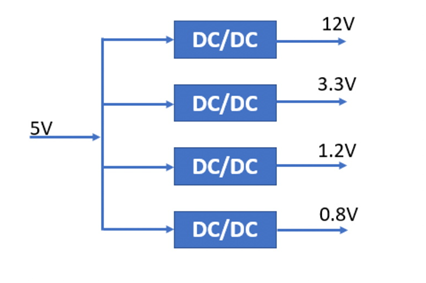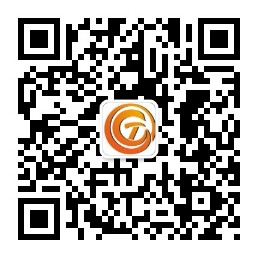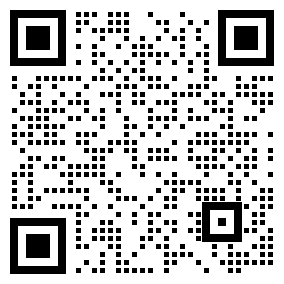Power electronic systems form an essential part of the vast array of devices we use every day. Portable electronic devices, such as cell phones and laptops, cannot function properly without a critical power electronic component called a converter.
Due to the large number of subcircuits present in these complex devices, various voltage requirements need to be met that are different from the battery or AC power supply that powers the device. This is where the DC-DC converter comes in handy and provides a gradual reduction of voltage as required according to the requirements shown in Figure 1.

Upgrade and degrade functions for DC-DC converters
Figure 1. Upgrade and degrade functions for DC-DC converters. The image is provided by the hardware bey, which also compensates the system when the battery voltage decreases due to energy depletion, thus making the system more efficient, cost-effective, and compact [1]. Read on to learn more about the history of DC-DC converters, how they work, and how they can help build huge systems.
However, for high power applications, an electric motor is needed to drive a generator at the right voltage. It turns out that such a process takes a lot of time to set up procedures, involves high costs, and is generally less efficient.
With the rise of semiconductor devices and integrated circuits, conversion circuits can be efficiently designed and implemented with components that are compact, economically feasible, and easy to use. The advantage is the ability to design energy-efficient processes using solid-state switching mode conversion, rather than the age-old method of dissipating excess energy in the form of heat.
What is a power converter?
For applications in power electronics systems, converters capable of dynamically performing energy translation using electrical processes. Components commonly used for this purpose include switches as well as passive components such as inductors, capacitors and transformers. Avoid using resistors to reduce possible power loss. The way these components are interconnected depends on the power translation method required.
The simple form of power conversion is to convert a polyphase AC voltage of one amplitude, phase, and frequency to another size, phase, and frequency. In this sense, a DC input or output can be viewed as an AC of zero phase and frequency.
A DC-DC converter is an electronic circuit that facilitates the conversion of DC current from one voltage level to another on demand. The power converter is capable of operating at a wide range of power levels from very low power (such as batteries) to very high power, such as large high-voltage power generation systems.
Some sample DC-DC converter circuits are shown in Figure 2. A DC-DC converter can efficiently generate regulated voltage from a source that may or may not be controlled to a constant or variable load, ensuring proper system regulation in addition to the desired voltage level change.
DC-DC converter
DC driven oscillators can be used to drive simple diode-capacitor voltage multiplier networks, flying capacitor voltage converters, diode-driven charge pumps or boost transformers, and rectifier networks. [3] These are the way most electronic DC-DC converters operate.
The basic idea behind the operation of a DC-DC converter circuit is that the inductors and capacitors used in the circuit should somehow form a network of low-pass filters. This helps to reduce or eliminate AC ripples in the output voltage or possible superposition of other components due to the switching action.
A DC-DC converter is an electronic circuit that facilitates the conversion of DC current from one voltage level to another on demand.
DC-DC converter circuits use switches and other passive components to adjust the output voltage by using high-frequency conversion to eliminate switching noise.
免责声明: 本文章转自其它平台,并不代表本站观点及立场。若有侵权或异议,请联系我们删除。谢谢! Disclaimer: This article is reproduced from other platforms and does not represent the views or positions of this website. If there is any infringement or objection, please contact us to delete it. thank you! |


